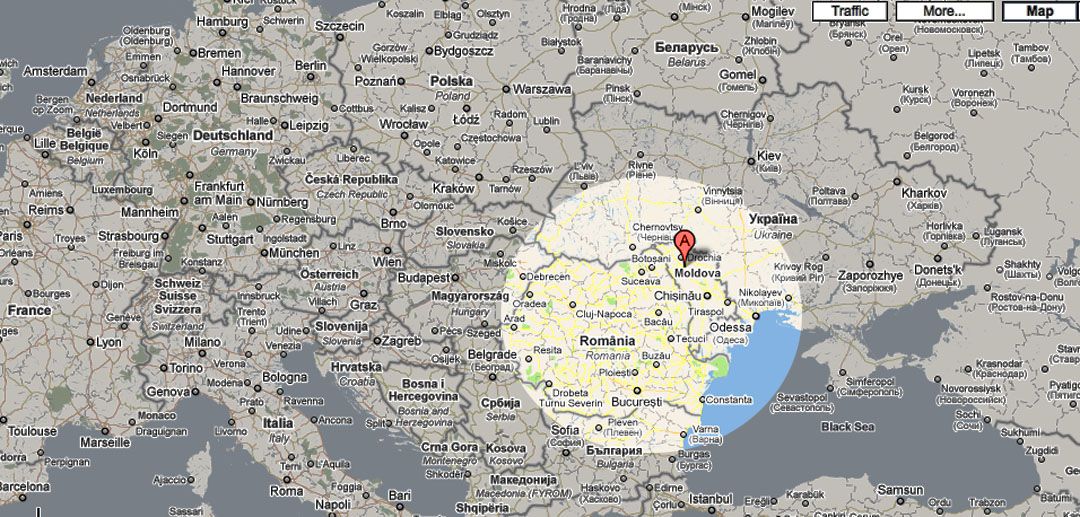Tuberculosis (TB) is a disease that kills nearly 2 million people every year, yet most people outside of the developing world know very little about it. It is a lung disease. It is contagious. It can be deadly. But, it is also completely treatable. TB can be treated with a dose of daily pills for a period of months, sometimes up to a year. In the developed world, the story of a patient with TB often ends at that. In the developing world, however, the story often ends with the patient in a coffin. It is a shame that a disease that can be treated and cured is debilitating communities, destroying families and causing so much pain, damage and death.
I began working on this project in South Africa, where I documented the work and life of the country's gold miners. By many estimates, South Africa's gold miners have a TB incidence rate that is three times what it is considered to be an epidemic. The miners' small, cramped living and work conditions make it easy to pass the disease from one person to another, and their high rates of HIV and silicosis (an occupational lung disease) makes them more susceptible to developing active TB. To make matters worse, the disease can lie dormant in a person's body causing no harm, only to become active when the person's immune system becomes weakened. For these miners, that often happens once they have left work and returned to their rural homes, where it can be difficult, sometimes impossible, to access suitable
healthcare.
In February of this year I traveled to India to look at how TB can manifest in urban settings, as opposed to the largely rural areas I visited in South Africa. I specifically looked at communities in the slums in Mumbai, India. In order for TB treatment to be effective, patients must follow a strict plan that requires daily doses of medication; the slums in Mumbai are like circuit boards, dense and interwoven, making it difficult, despite incredible efforts by many local NGOs, to find and treat the city's numerous TB patients.
I am now on my way to Moldova, a country that is often overlooked and is dealing with this almost forgotten disease. One of the most pressing threats surrounding the fight against tuberculosis is the emergence of multidrug-resistant TB (MDR-TB), a deadly strain of the disease that is the result of poor health care systems, lack of effective prevention measures, poor quality drugs and lack of availability and/or accessibility to treatment. It also arises when a patient intermittently takes his medicine or fails to complete his treatment. This strain of the disease is difficult and expensive to treat, sometimes requiring a two-year course of drugs and chemotherapy that can cost upwards of $20,000.
Nearly 500,000 new cases of MDR-TB are diagnosed each year, with the majority of the cases found in China and the former Soviet Union. Moldova has been hit particularly hard by this development, largely due to the deterioration of the country's health infrastructure following the breakup of the Soviet Union. It's estimated that one out of every ten patients in the country defaults on his TB treatment and that nearly 30% of all cases of TB in Moldova are multidrug-resistant. My project in Moldova will focus on MDR-TB; I will visit and photograph patients and their families, and will produce multimedia work that includes photography, video and recorded interviews.
Please continue to check here for updates on the project, and posts that will include photos and short interviews.
Correction: This post was updated August 12, 2010.
